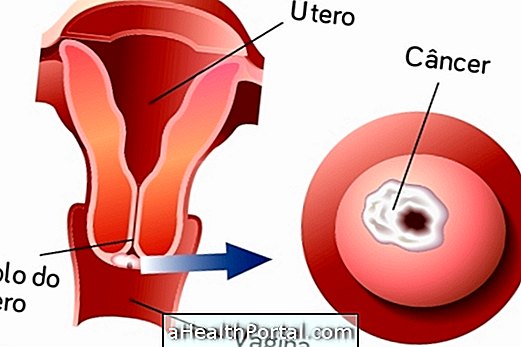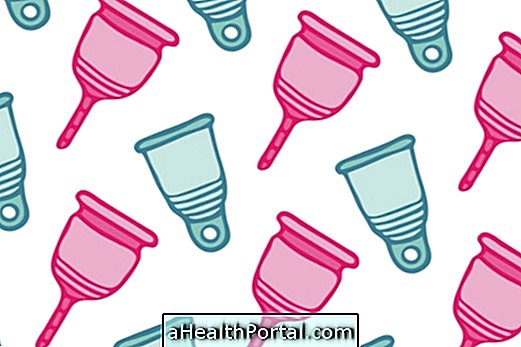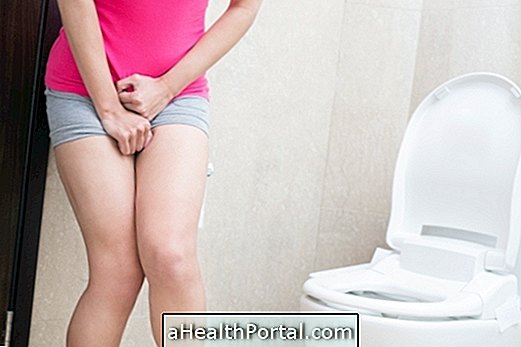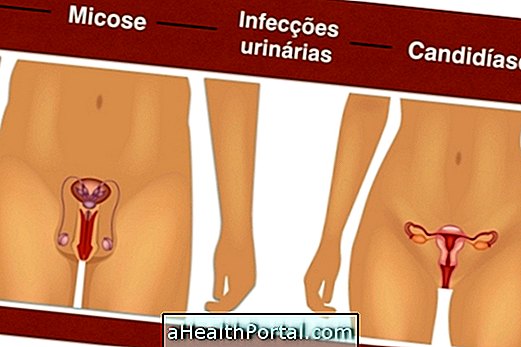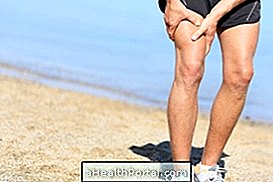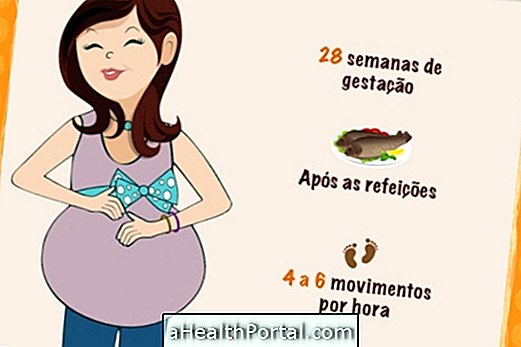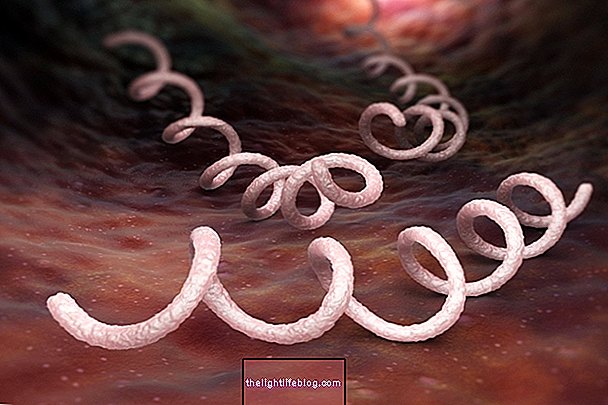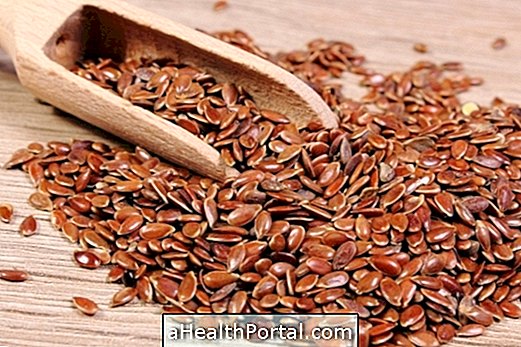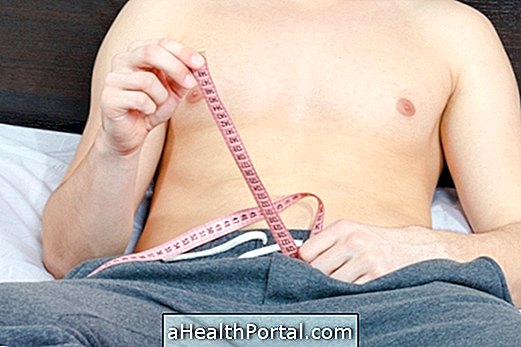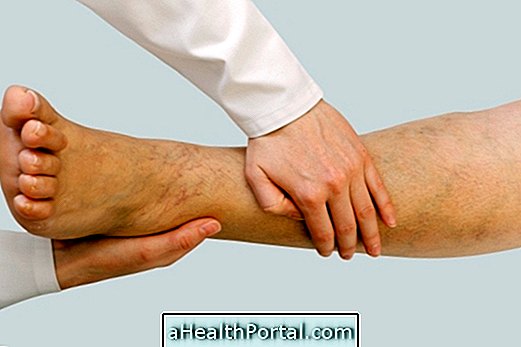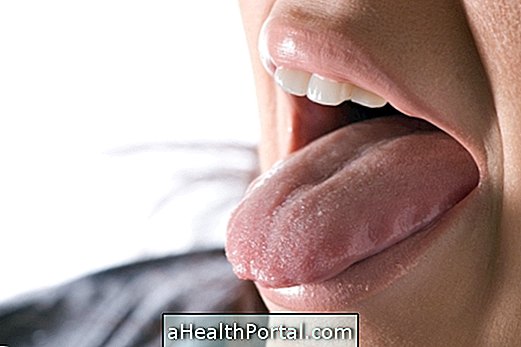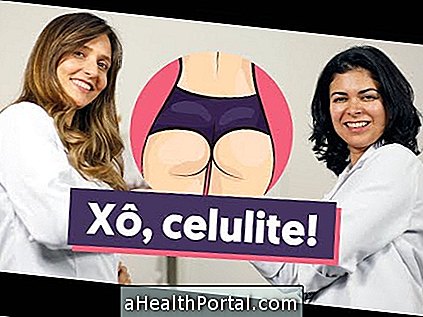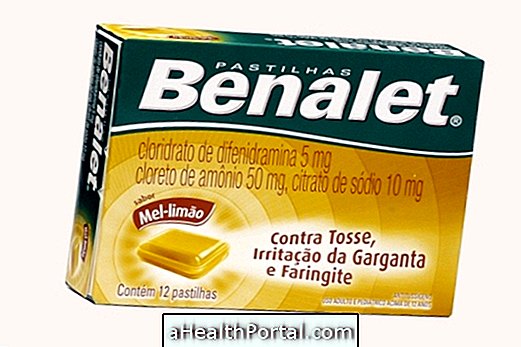Kegel exercises for men serve to treat urinary incontinence, improve performance during intimate contact, and is particularly useful in combating premature ejaculation and combating erectile dysfunction. The main benefits are:
- Combat involuntary loss of urine;
- Fighting premature ejaculation;
- Increase ejaculation time;
- Fight erectile dysfunction;
- Increase prostate health;
- Improves control over stool;
- Increase the sensitivity of the intimate region;
- Improve sexual intercourse.
Kegel exercises in men improve pubococcygeal muscle tension, elevate the testicles, and also strengthen the cremaster muscle and anal sphincter, and thus increase the sensitivity of the genital region and increase self-esteem, promoting good -be.

These exercises are great for treating urinary incontinence after prostate withdrawal and therefore should be performed daily after this surgery. Learn the symptoms, the causes and how can be the treatment of male urinary incontinence.
How to do kegel exercises for men
To do the kegel exercises the man must urinate and in the meantime he should:
- Stop or decrease the urine stream at the time of urination in order to identify the muscle that needs to be worked.
- Try to contract the muscle that was identified the moment the urine jet stopped.
The contraction should be performed with force, but initially it is normal to last about 1 second but with practice, the contraction can be maintained for longer.
Here's how you can do this exercise in this video:

Kegel exercises should be performed at least 3 to 8 times a day, every day, and the number of contractions required are 300 in total. Once you learn how to contract the muscle properly, you can do the contractions anywhere by sitting, lying or standing. In the beginning it is easier to start the exercises of kegel lying on its side.
When to see Results
The results of kegel exercises can be seen as early as the first month, but when the goal is to treat urinary incontinence, the end result can take from 3 months to 1 year to be noticed and sometimes other physical therapy procedures may be necessary.

